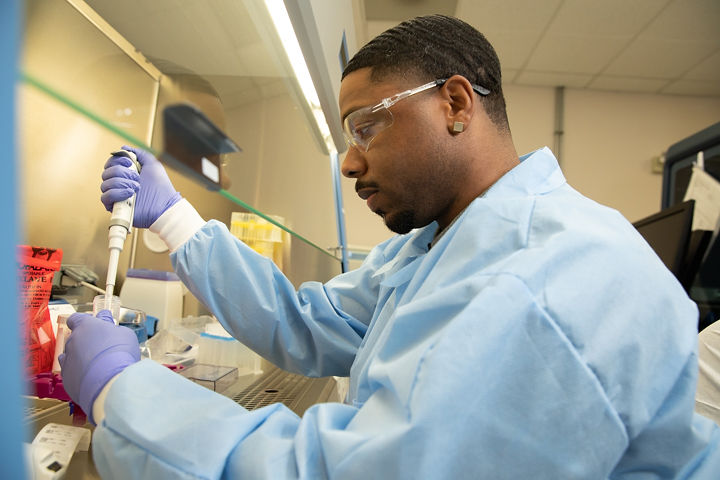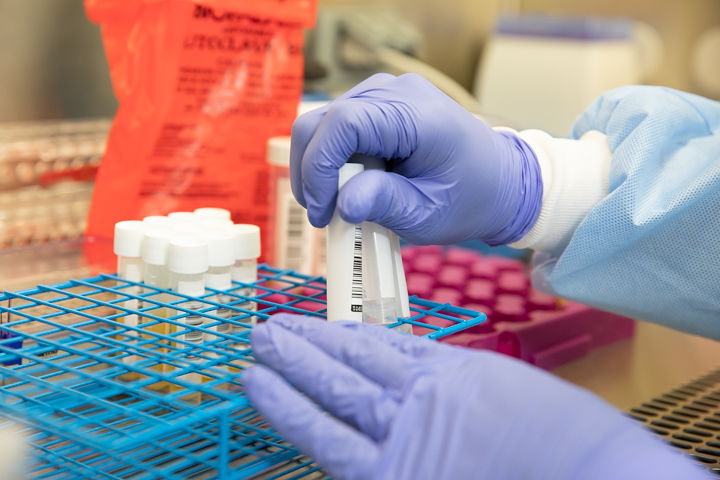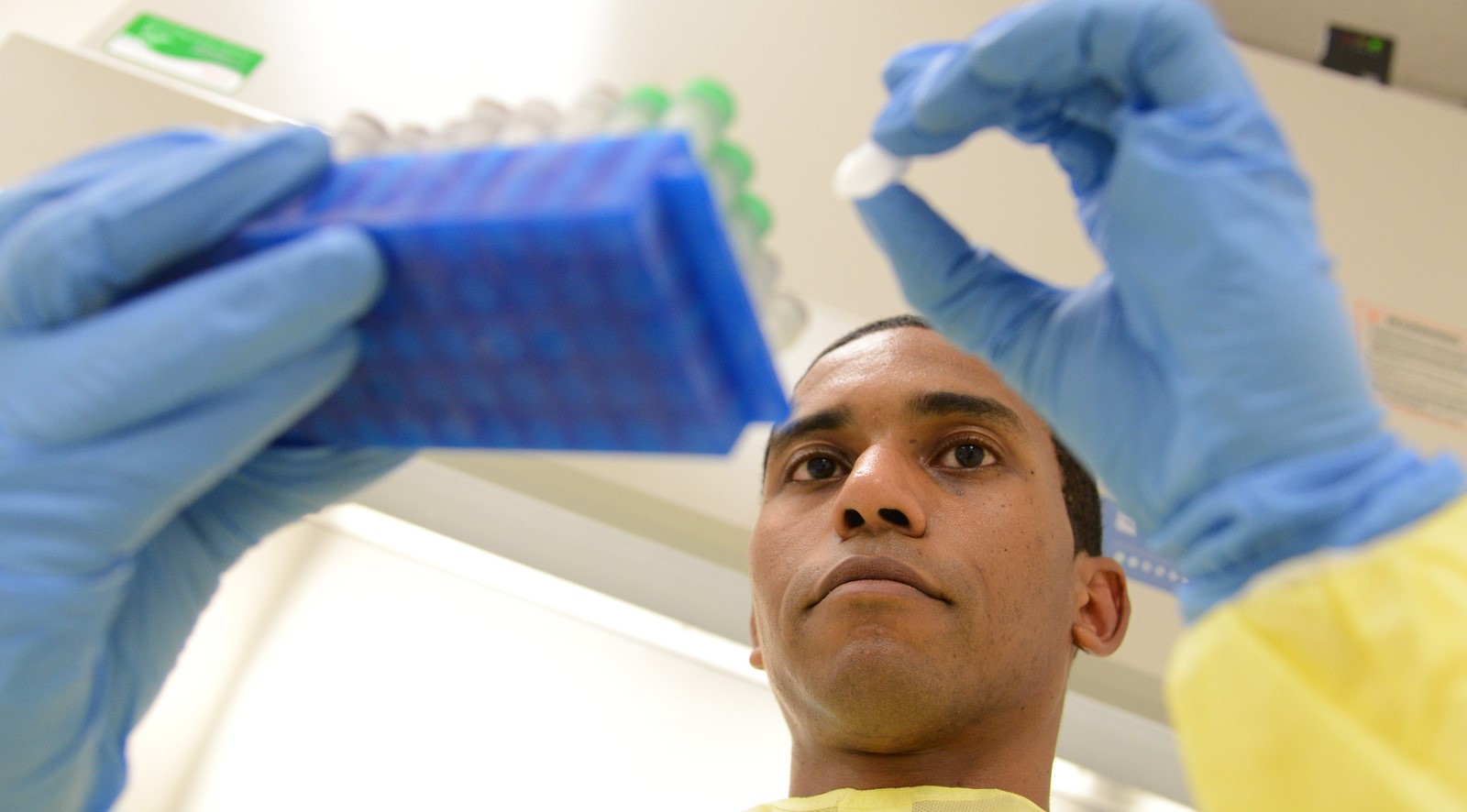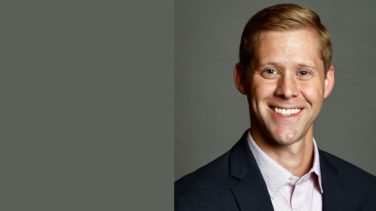If cancer is caught early enough, it can often be effectively treated or even cured. The problem is it is frequently caught after people experience symptoms, which tends to coincide with late-stage, metastatic disease. Thrive Earlier Detection wants to change all of that with a single blood test that can detect multiple types of cancers. In fact, a prototype of the company’s CancerSEEK technology has already shown the ability to detect 65% of cancers prior to clinically evident metastasis in individuals without any history of the disease. PM360 spoke with Isaac Kinde, MD, PhD, Co-founder, Head of Research and Innovation and Isaac Ro, Chief Financial Officer about their plans to revolutionize cancer detection.


PM360: What are the origins for this company?
Dr. Isaac Kinde: Around 2013-2014, a line in the sand was essentially drawn that indicated enough information and technology existed to effectively detect cancers earlier. This was based off decades of research from the Vogelstein Lab, which was comprised of some of the luminaries of cancer genetics and the initial founders of our company, Bert Vogelstein, MD, Ken Kinzler, PhD, and Nickolas Papadopoulos, PhD. They were able to identify not just how cancers form, but in parallel, develop methods to actually detect and treat cancers. One of the foundational principles of their research is that cancers detected earlier are easier to treat and more likely to lead to cures. We thought there was enough information to translate their work from the academic lab into the industry.
 From their research, how did you get the backing to officially launch this company?
From their research, how did you get the backing to officially launch this company?
Isaac Ro: Thrive formed in 2019 thanks to a catalytic moment in time where everything from the science, technology, environment in the healthcare system, and the people all came together to give us what we think is going to be this breakthrough in cancer. Series A closed concurrent with the launch of the company at the end of May 2019, and we were very fortunate for that to be anchored by Third Rock Ventures, which has been one of the most successful venture capital firms in the biotech arena. The rest of the investor syndicate was also a who’s who in cancer diagnostics, including Section 32 and Eli Casdin from Casdin Capital, who is also on the board of Exact Sciences, which is another one of our strategic investors. And then Blue Cross Blue Shield Ventures, which is capable of providing us tremendous insight into not only how to build a successful platform, but one that’s successful in getting reimbursement.
The platform you built based on the founders’ early research is CancerSEEK. How does the technology actually work?
Dr. Isaac Kinde: We consider CancerSEEK a multi-analyte test, which means we’re looking for multiple different types of biomarkers. For example, one of the analytes are mutations in DNA, which looks for alterations in the code of genetic signatures that through many years of study have shown were causative of cancers developing. We also look for elevated protein biomarkers that are highly associated with cancer. We’re able to combine that information into a single test capable of detecting a wide variety of cancers. This essentially changes cancer detection, and enables us to look for multiple types of cancer in one blood test.

What is the accuracy of this test?
Dr. Isaac Kinde: We recently published the results of our DETECT-A study in April, which included 10,000 women with no prior history of cancer. The results showed we were able to double the number of cancers detected when combining blood testing with standard of care in cases where the results are able to lead to treatment with the intent to cure patients of their cancer—not just offer them improved quality of life without the ability to extend life. Another important finding: We were able to detect cancers from 10 different organs, seven of which don’t currently have any screening options (ovary, thyroid, lymphoma, uterine, appendix, kidney, and areas where cancer was found but it was uncertain where it arose from).
Isaac Ro: Also, just because a cancer wasn’t detected as part of this study, doesn’t mean the test can’t detect it. For example, in the cohort of patients we tested it is possible that just none of them had pancreatic cancers. That is one of the reasons why we will run a larger study when we go for FDA approval, but we believe as this technology gets into a broader audience of people you will start to see the detection of many other cancer types.
 What is the next step for getting this test on the market?
What is the next step for getting this test on the market?
Isaac Ro: The next step is to do a registrational trial that would be pursuant to FDA approval. Now in diagnostics, you don’t actually need to have FDA approval for every single test; however, we believe FDA approval will lead to broader adoption. The other key is getting insurance coverage, which is critical to making this accessible to the average person.
We plan to start our FDA trial in 2021, and in parallel we hope to generate the evidence to show the clinical utility of our test. You have to remember over 98% of people don’t have cancer at any given time so the vast majority of the time this test will come back negative. But those negative results still cost money, so we have to show that we can deliver a low-cost, high-value product. The good news: We think the value of this product will be significant, because 75% of cancers are diagnosed when the outcomes are not very good. We can completely flip that paradigm.
What plans do you have for the company once you get FDA approval? Are there other possible applications of your technology?
Dr. Isaac Kinde: Yes, and first off, we believe we can continue to make multi-cancer screening from blood tests both better and cheaper as we learn more from each test and study. But there are other applications as well such as in the field of surveillance or recurrence modeling. These are patients who have a cancer diagnosis, underwent treatment, and then you’re looking to monitor when the cancer comes back. Because the same principle that applied for early cancer detection is true for occurrence modeling: The sooner you identify someone who has a recurrence, the better the outcome will be. And that type of monitoring can not only be done using blood, but also other bodily fluids such as urine or liquid-based Pap smears. So that is just one way we could augment CancerSEEK in the future.









